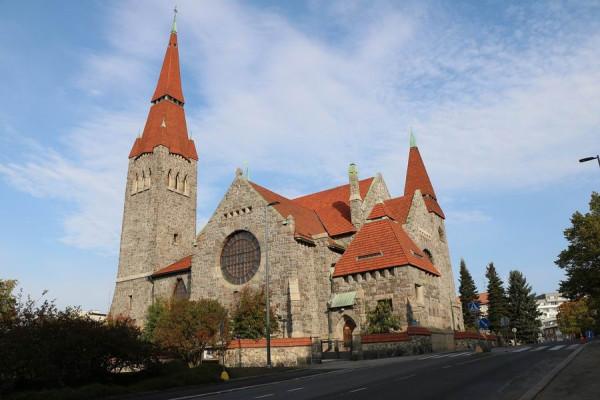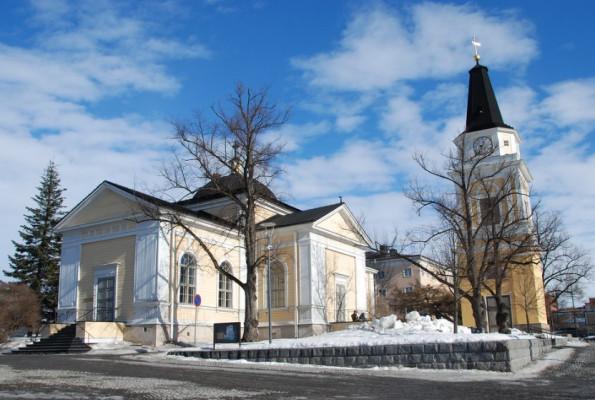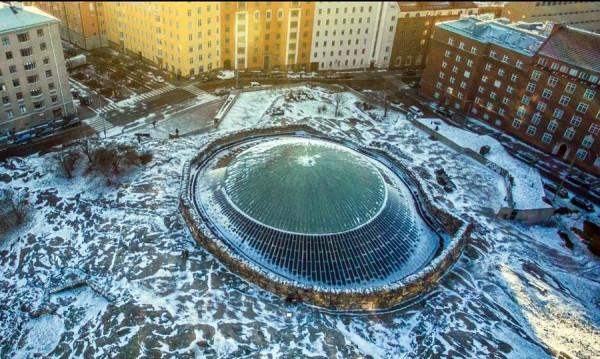During this time, various Stone Age cultures, such as Kunda, Comb Ceramic, Corded Ware, Kiukainen, and Pöljä, flourished in the region. These ancient civilizations played a crucial role in shaping the foundations of Finnish society.
As time progressed, Finland witnessed the advent of the Bronze Age around 1,500 BC. This period was marked by significant advancements in technology and the emergence of sophisticated art forms.
The Finnish Bronze Age laid the groundwork for the subsequent Iron Age, which began in 500 BC and endured until 1,300 AD.
The Iron Age in Finland saw the rise of distinct cultural groups, including the Finnish proper, Tavastian, and Karelian cultures. Each of these groups contributed to the diverse tapestry of Finnish history through their unique customs, traditions, and artistic expressions.
It wasn’t until the 12th century that written sources mentioning Finland started to emerge. This coincided with the Catholic Church gaining influence, particularly in Southwest Finland.
These written records provided valuable insights into the historical and cultural landscape of the region, allowing us to delve deeper into Finland’s past.
Today, visitors can immerse themselves in Finland’s rich history by exploring its numerous museums and historical sites. Whether it’s wandering through the ancient streets of an old city or marveling at the exquisite artworks preserved in museums, Finland offers a captivating journey through time.
From the art to the architecture, every aspect of Finland’s historical and cultural heritage is on display, providing an invaluable glimpse into the nation’s remarkable past.


















